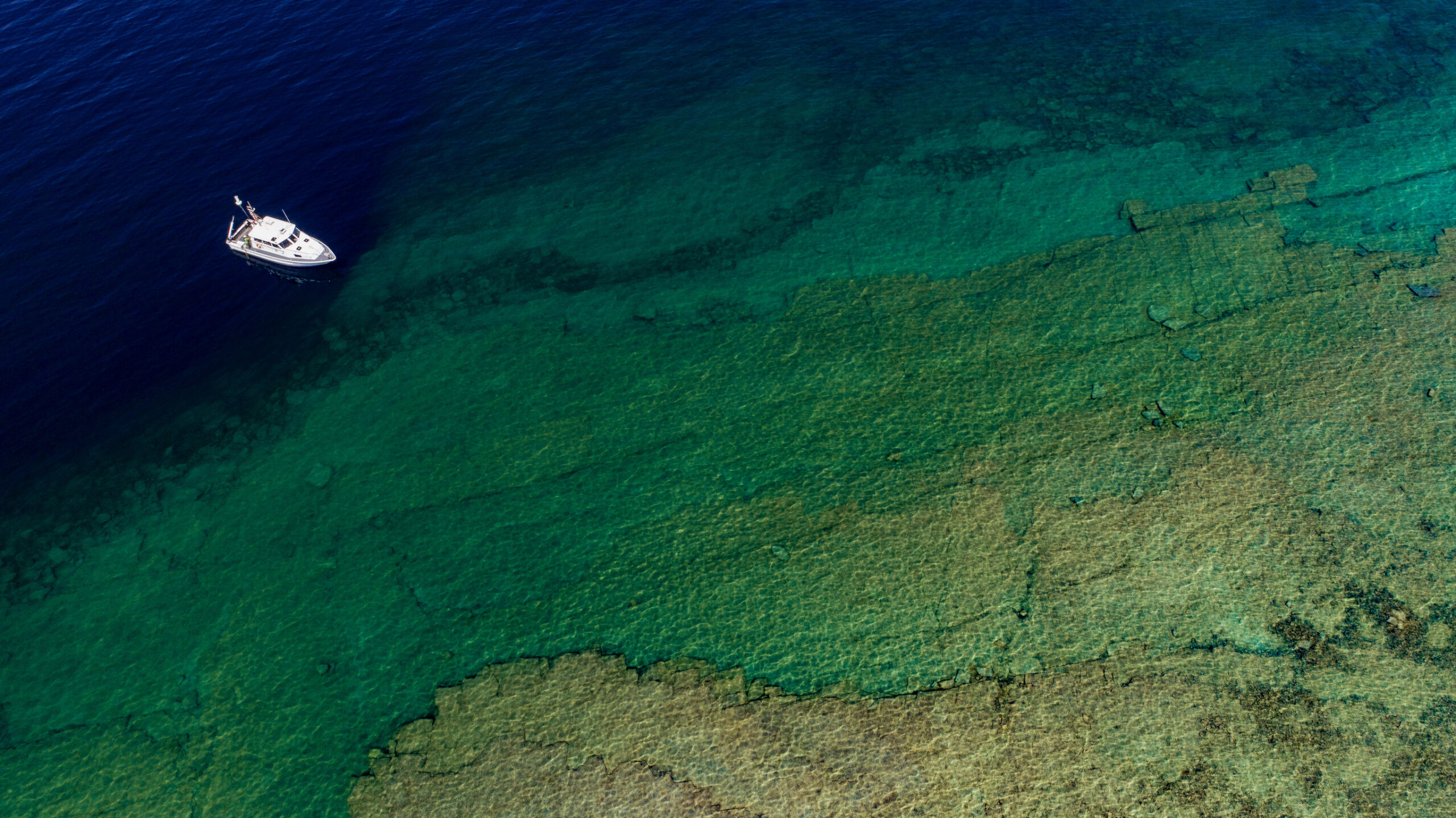Did you know that Lake Huron has underwater sinkholes? This summer, scientists from Michigan and Wisconsin are teaming up to study the sinkholes and the billions-of-years-old cyanobacteria that lie on the lakebed, Great Lakes Echo reports.
In 2002, scientists discovered the sinkholes near the Thunder Bay National Marine Sanctuary in Alpena, Michigan, while searching for shipwrecks. Since then, scientists have used remotely operated vehicles (ROVs), divers and multi-beam sonar to study the sinkholes, which average about 330 feet in diameter, according to Great Lake Echo.
The areas surrounding the sinkholes are ideal breeding grounds for cyanobacteria, and studying these microorganisms helps scientists understand the history of the Great Lakes. In August, more samples of cyanobacteria will be collected and inspected to see similarities with other organisms found elsewhere in the world. Some of the offshore holes in Lake Huron share commonalities with organisms found off the coast of Africa, while closer-to-the-shore cyanobacteria were found to have commonalities with icy lakes in Antarctica, according to Great Lakes Echo. Scientists will study the new bacteria and its connection to medicine, as well as the sinkholes’ connections to groundwater and water levels.
To learn more about the initiative, visit glerl.noaa.gov/res/projects/sinkhole.






